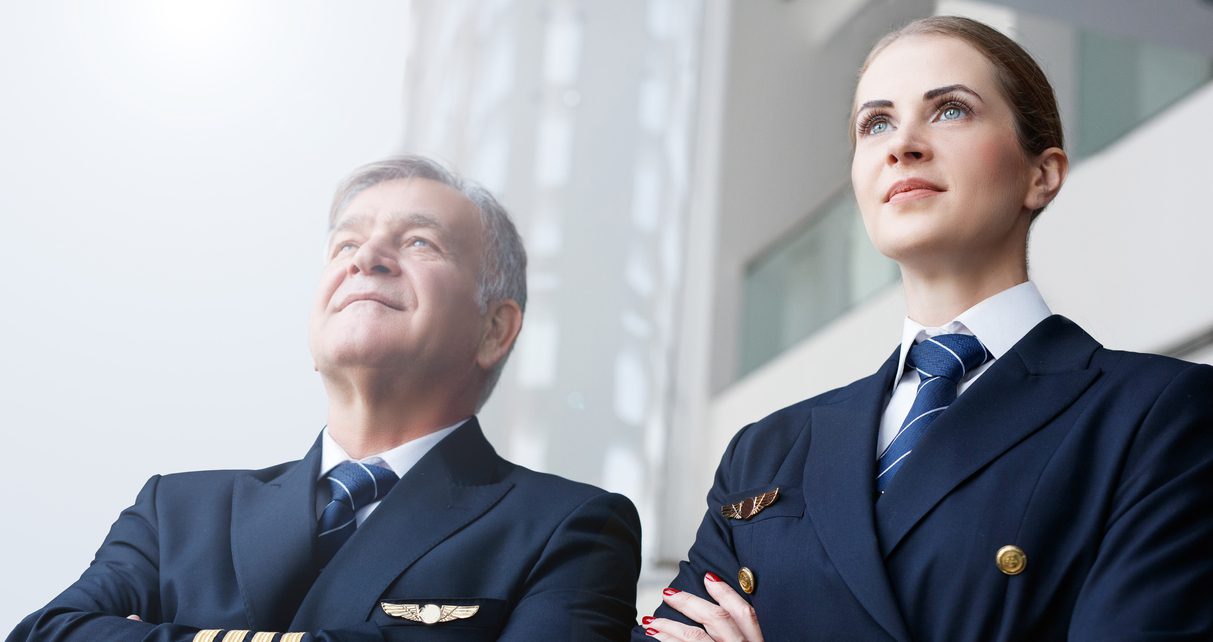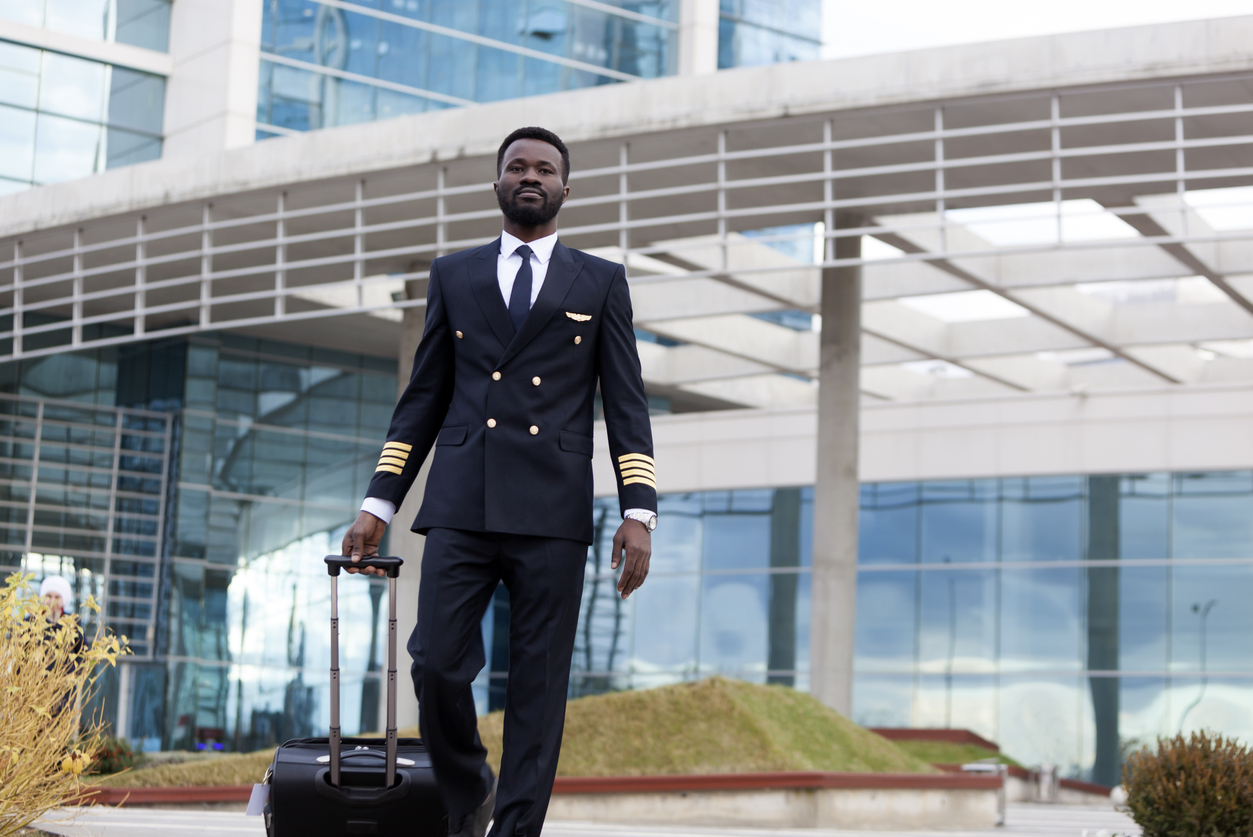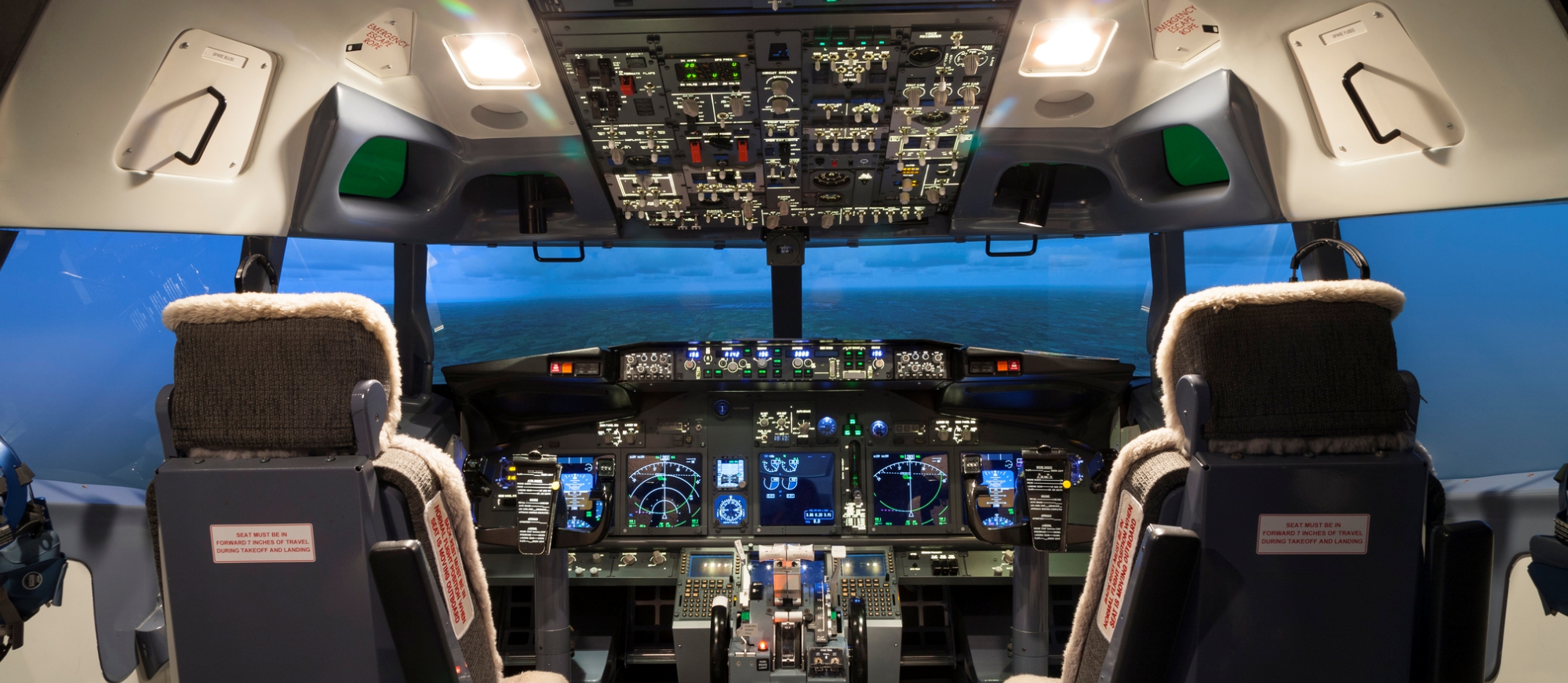How Major Airlines Are Handling the Pilot Shortage
July 28, 2022

As we ease out of the peak of the pandemic, the travel industry is experiencing a significant bounce-back. Many people have been anxiously looking forward to traveling again after a long time stuck near home. That has resulted in a surge in air travel this summer. Unfortunately, the airline industry is facing one of the greatest pilot shortages in recent history, and that has created chaos for many airlines and travelers this summer.
This crisis has resulted in a large number of flight delays and cancellations, leaving the airline industry scrambling to come up with solutions that will allow them to better meet the resurgent demand for air travel. Unfortunately, the pilot shortage looks like it will remain a serious problem for years to come.
According to the Bureau of Labor Statistics, there will be a need for approximately 14,500 new pilot jobs each year over the next decade, but based on recent hiring numbers, it seems unlikely that most of these positions will be filled. Over the last ten years, the Federal Aviation Administration has issued approximately 6,500 new pilot certificates a year, and the number of new pilot certifications dropped below this figure in 2020 and 2021 due to the pandemic. These figures paint an uncertain path towards cultivating the 14,500 new pilots a year the industry will need in order to address traveler demand.
Causes of the Pilot Shortage Go Beyond the Pandemic
While the pandemic certainly exacerbated the current pilot shortage, it was not the only cause. There were signs that we were headed towards a pilot shortage before the world shut down in early 2020. The pandemic just created a perfect storm that intensified the impact of this shortage.
The following factors have contributed to the current pilot shortage facing the airline industry:
- Shrinkage of military pilot pipeline – Traditionally, airlines hired the majority of their pilots from the military since there was less of a learning curve. It’s much faster and easier for these pilots to learn to fly a commercial plane than it is for someone without any flying experience. However, this pipeline has produced vastly fewer commercial pilots over the last 20 years as the military has struggled to sufficiently meet their own need for pilots. In addition, many of today’s military pilots are training to fly drones rather than learning to fly planes.
- Lengthy pilot training process – Federal regulations require pilots to log a minimum of 1,500 hours before they can fly a commercial plane. In order to become a captain on a commercial flight, this figure rises to 2,500 hours of flight time. It can take 1-2 years for many pilots to meet these certification requirements, creating a situation where increased demand can’t be addressed quickly.
- Cost of pilot training is extremely expensive – Pilot training typically costs $80,000 to $100,000, and financial aid rarely covers this entire cost. This has limited the number of individuals entering pilot training programs, as many people simply can’t afford these training costs.
- Early retirements surged during the pandemic – Most airlines used a significant portion of their relief aid to provide early retirement packages to pilots in an attempt to cut costs during the peak of the pandemic. This has eliminated many experienced pilots from the workforce.
- Long average time to replace pilots who move on – It takes airlines approximately four months to replace one pilot who retires or leaves to join a different airline. If this pilot is a captain, it will take approximately six months to replace them. During this time, flights are even more short-staffed.
To compound these factors, we’re about to see a significant portion of the remaining pilots reach retirement age over the next decade. Approximately 33% of existing pilots are between the ages of 51 and 59, and it’s estimated that about 13% of pilots will reach the mandatory retirement age of 65 within the next five years. This could potentially make the pilot shortage worse and create additional challenges meeting the staffing levels necessary to satisfy traveler demand.

Airline Strategies to Combat the Pilot Shortage Have Fallen Short
Airlines have taken a variety of steps to address the pilot shortage:
- Poaching pilots – The fastest way to add a new pilot to your fleet is to hire a someone who is already licensed and certified to operate a commercial flight. This has caused many of the major airlines to poach pilots from smaller regional airlines at record rates. Unfortunately, this has created a ripple effect resulting in several other issues: many of these regional airlines are no longer able to staff their flights adequately, and there is now a smaller pipeline of experienced pilots to move up the ranks from smaller airlines to major airlines.
- Hiring foreign pilots – Several major airlines have turned to pilots in other countries to address staffing shortages. In particular, Australian pilots have been targeted since they can obtain special visas to work at airlines based in the US, and their flight certifications are recognized by the FAA.
- Reducing fleets – With fewer pilots available to operate their aircraft, many major airlines have had to reduce their fleets. However, this has also made it more challenging to provide enough flights to address the increasing demand.
- Raising the mandatory pilot retirement age – Airlines have increased pressure on legislators to raise the mandatory retirement age for pilots. Based on these efforts, Senator Lindsey Graham is considering introducing a bill that would raise the mandatory retirement age from 65 to at least 67, if not older. However, this solution will not be viable unless Congress changes the existing laws.
- Creating in-house flight schools – United airlines has launched their own flight school, United Aviate Academy. They have a goal of training 5,000 pilots by 2030. Other major airlines are also considering opening their own in-house flight schools to gain greater control over their staffing needs.
- Flight training subsidies – In order to ease the financial burden on prospective pilots and lower the barriers for entry to the industry, several major airlines are covering a portion of pilot training programs or offering low-interest loans which can help make financing their education easier.
Improved Pilot Training Is Crucial to Combatting the Existing Crisis
While these strategies may help major airlines address a portion of their staffing needs, they fall well short of eliminating the pilot shortage. In addition, several of these approaches create other problems which must be addressed, such as a lack of qualified pilots at smaller regional airlines.
One of the most important ways to ramp up staffing is to overhaul pilot training programs. In particular, online aviation training provides airlines with an ability to handle this need in a more effective and affordable way:
- Pilots can train at their own pace, allowing them to move through courses faster and begin flying planes sooner
- Training costs are significantly reduced compared to traditional ground school training due to the elimination of travel costs, lodging costs, instructor costs and materials costs
- Airlines can customize online aviation courses to ensure they address the specific needs of their organization in addition to federal requirements
Avsoft Online Aviation Training Courses Make Your Life Easier
For over 25 years, Avsoft has been the industry leader in online aviation training. Our exclusive FlexPlus™ Training Platform delivers a truly custom solution to achieve your specific goals. We accomplish this by providing:
- Course content customization to address your unique needs
- Course delivery control which makes editing content easy and hassle free
- Rapid system implementation that lets you get set up as fast as one day
- Cross platform data sharing that integrates across all your systems
- Full mobile experience that provides the ability to take courses online as well as offline when internet connectivity is problematic
- The ability to run courses on our LMS or on your existing LMS
We offer some of the most comprehensive online aviation training solutions in the industry, ensuring our courses will address the specific needs of your airline. Request a demo today to learn more.

